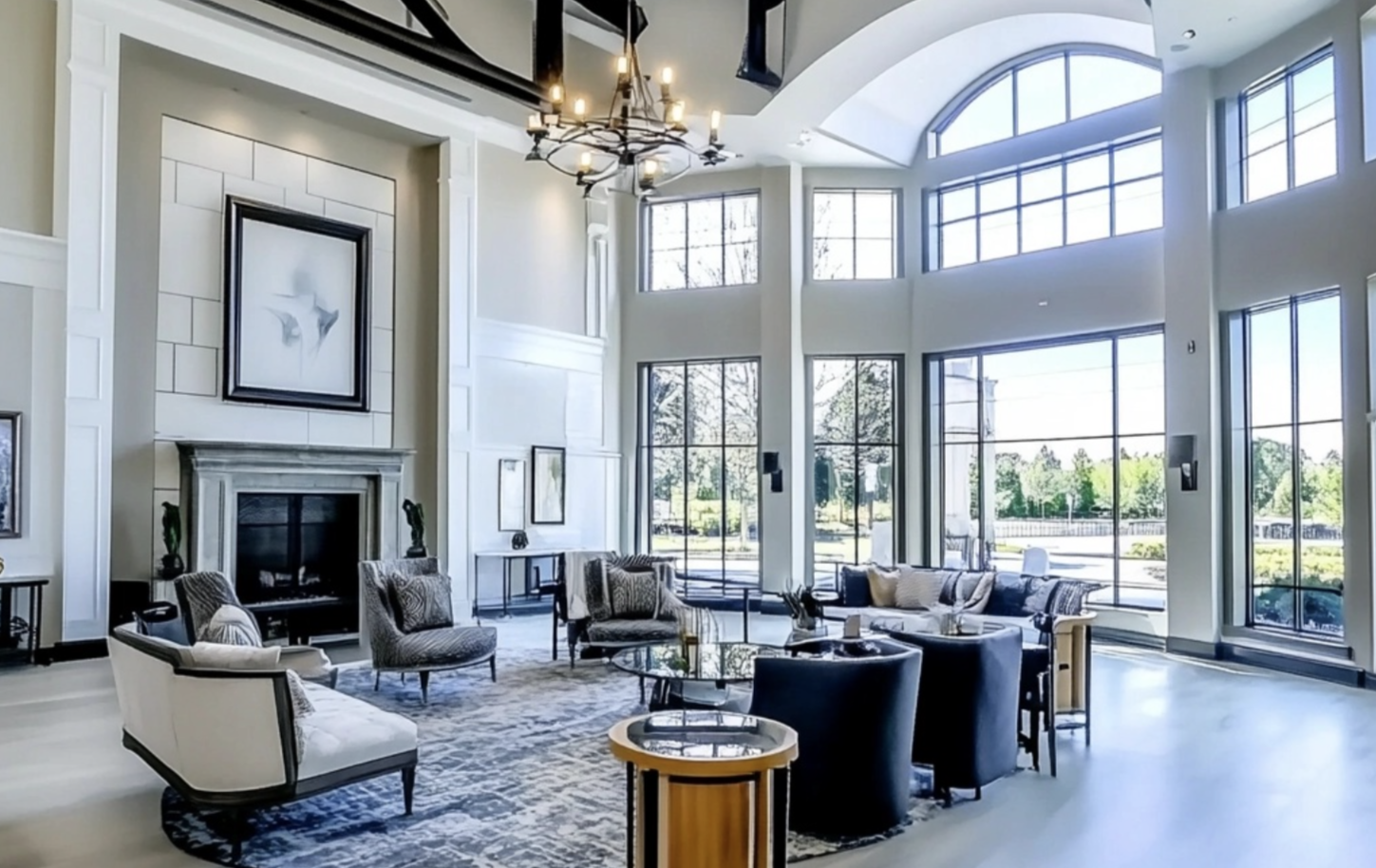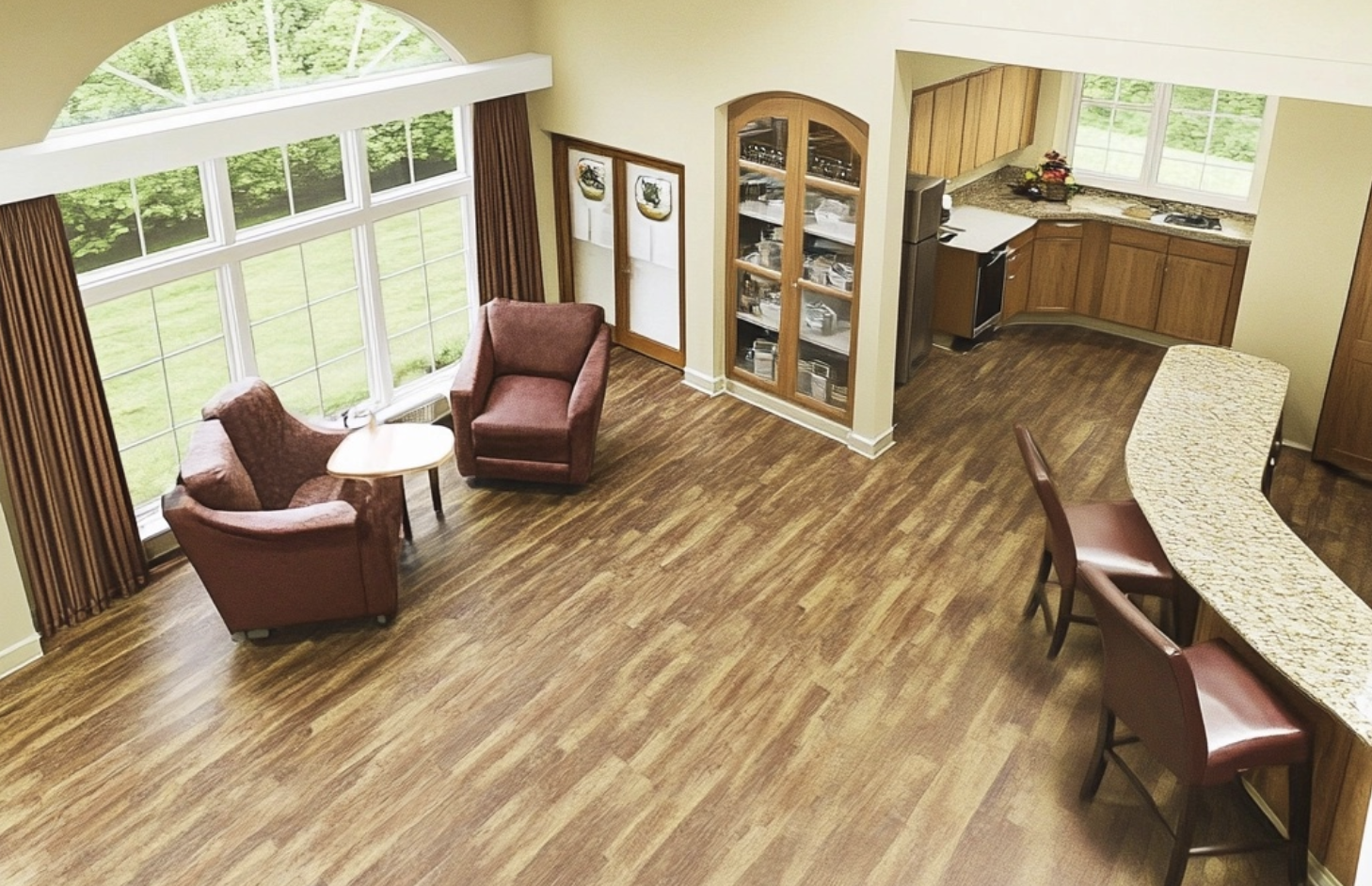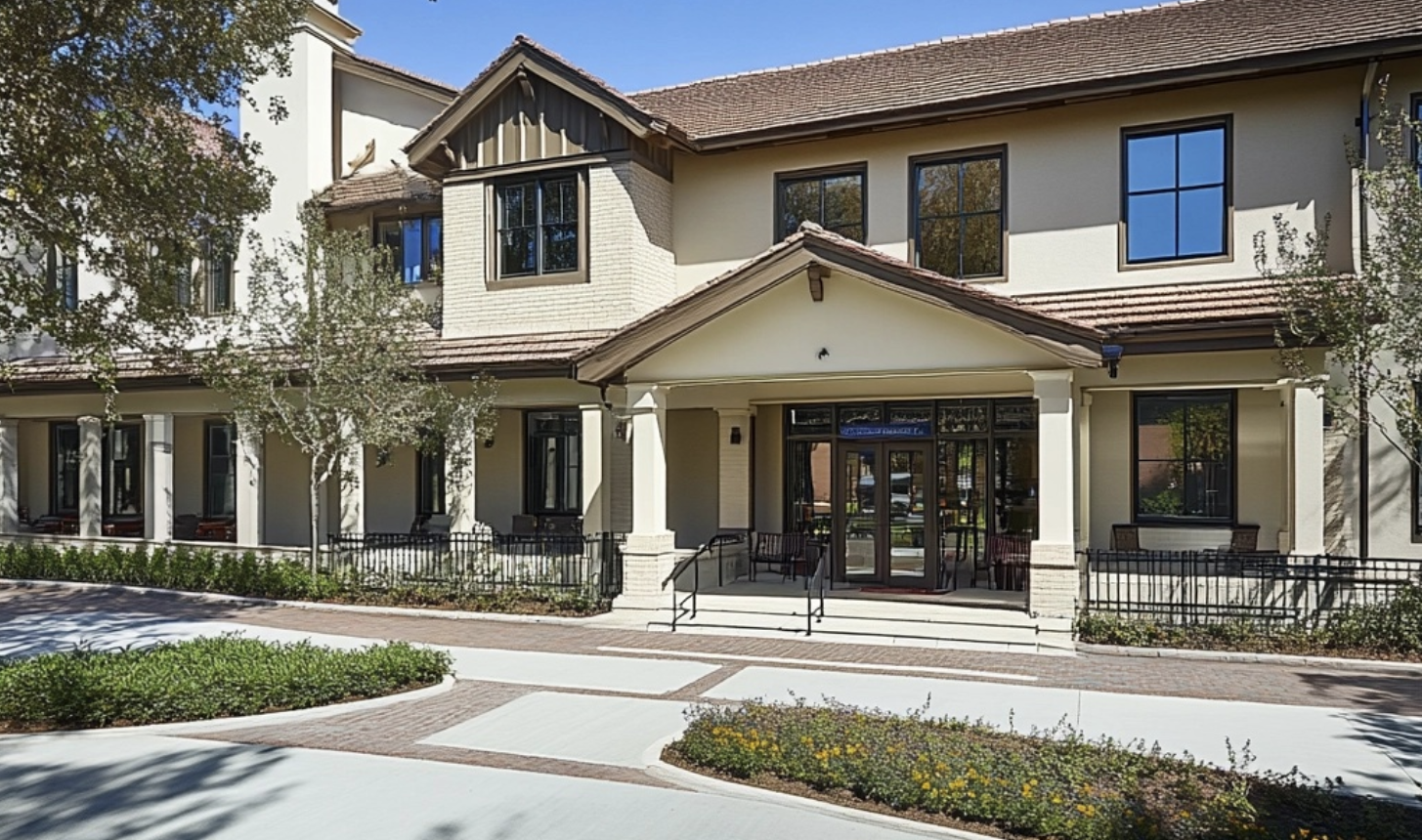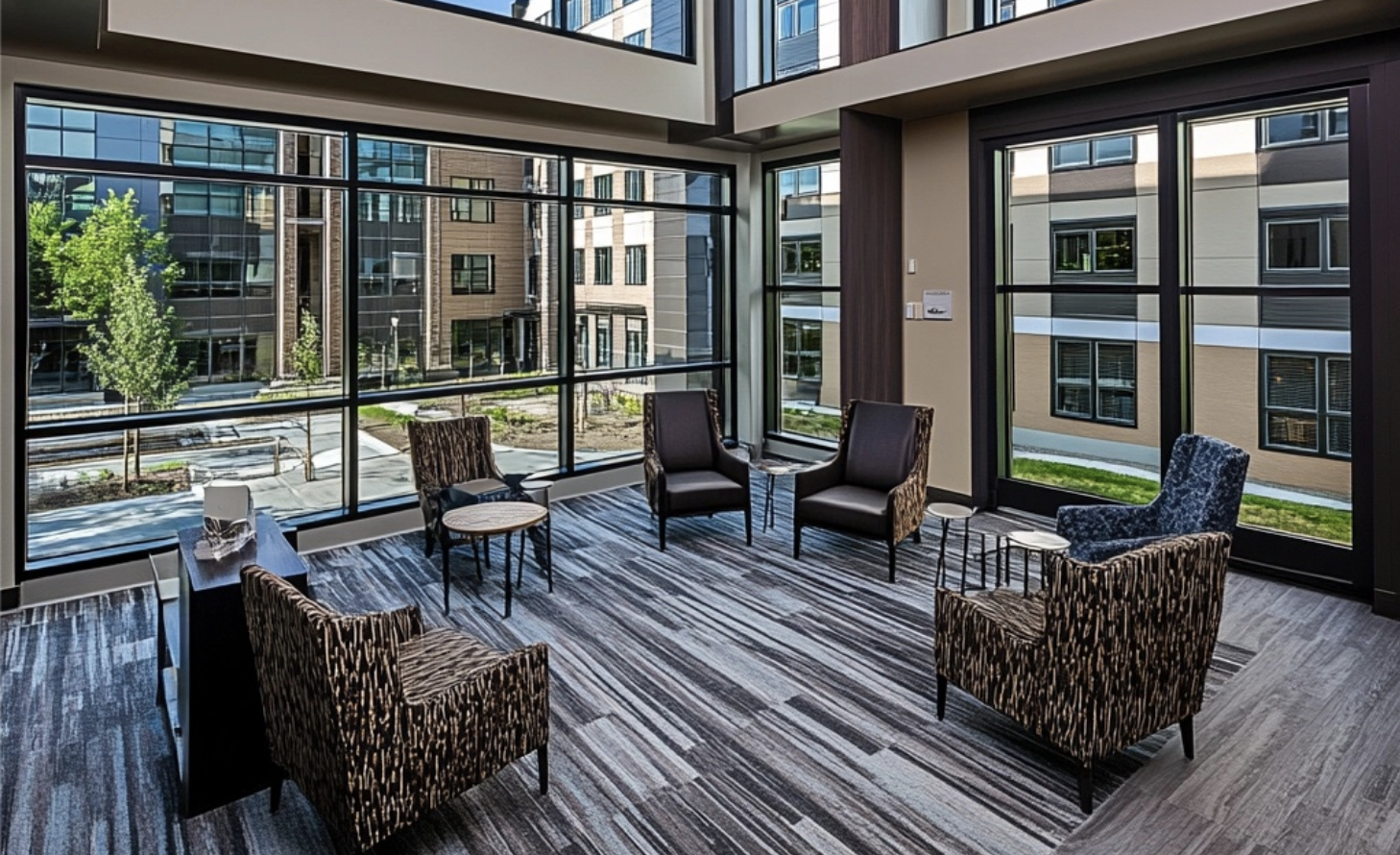As the age of retirement approaches, many individuals and their families face the challenging task of evaluating senior care alternatives. One of the most popular choices is assisted living, a type of long-term care for older adults who need help with daily activities but do not require intensive medical care. The main concern for many, however, is understanding the assisted living costs and finding a way to afford it. This guide aims to provide an in-depth look at the costs associated with assisted living and how you can navigate this significant financial decision.
The Basics of Assisted Living
Assisted living facilities offer a safe, community-oriented environment for seniors who need assistance with activities of daily living (ADLs), such as bathing, dressing, eating, and medication management. These facilities typically provide a range of services, including meal preparation, housekeeping, recreational activities, and medical monitoring. It’s important to note that the level of care offered in assisted living facilities does not include extensive medical or nursing care.
Factors Influencing Assisted Living Costs
The cost of assisted living can vary widely depending on several factors:
1. Location
The geographic location of the facility plays a significant role in determining the cost. Facilities located in urban areas with a high cost of living usually charge more than those in rural areas or regions with a lower cost of living.
2. Size and Type of Accommodation
Assisted living facilities often offer various accommodation options, ranging from private rooms to shared rooms or apartments. The size and type of accommodation you choose can significantly impact the cost.
3. Level of Care Needed
The amount of assistance a resident requires with daily activities and medical needs directly influences the cost. Residents who need more intensive assistance or specialized care, such as those with Alzheimer’s or other forms of dementia, may have to pay more.
4. Services and Amenities
Many facilities offer additional services and amenities, such as recreational activities, wellness programs, transportation services, and specialty dining options. Depending on the facility, these may be included in the base price or charged separately.
Average Assisted Living Costs
According to the Genworth 2021 Cost of Care Survey, the average monthly cost of assisted living in the U.S. is approximately $4,500. This equates to an annual cost of around $54,000. However, these costs can vary widely depending on the factors mentioned above.
Cost Breakdown by Region
Assisted living costs can significantly differ across regions in the U.S. The following table provides an idea of the average assisted living costs per month in different states:
| State | Average Monthly Cost |
|---|---|
| Alabama | $3,500 |
| Alaska | $6,830 |
| Arizona | $4,000 |
| Arkansas | $3,760 |
| California | $5,250 |
| Colorado | $4,750 |
| Connecticut | $5,129 |
| Delaware | $5,995 |
| Florida | $4,000 |
| Georgia | $3,535 |
| Hawaii | $5,375 |
| Idaho | $3,838 |
| Illinois | $4,488 |
| Indiana | $4,283 |
| Iowa | $4,367 |
| Kansas | $4,580 |
| Kentucky | $3,448 |
| Louisiana | $3,748 |
| Maine | $5,865 |
| Maryland | $4,900 |
| Massachusetts | $6,500 |
| Michigan | $4,250 |
| Minnesota | $4,508 |
| Mississippi | $3,500 |
| Missouri | $3,000 |
| Montana | $4,450 |
| Nebraska | $4,706 |
| Nevada | $3,750 |
| New Hampshire | $6,053 |
| New Jersey | $6,495 |
| New Mexico | $4,498 |
| New York | $4,580 |
| North Carolina | $4,010 |
| North Dakota | $3,391 |
| Ohio | $4,635 |
| Oklahoma | $3,855 |
| Oregon | $5,045 |
| Pennsylvania | $4,100 |
| Rhode Island | $6,826 |
| South Carolina | $3,612 |
| South Dakota | $3,350 |
| Tennessee | $4,105 |
| Texas | $3,998 |
| Utah | $3,500 |
| Vermont | $5,250 |
| Virginia | $5,250 |
| Washington | $6,000 |
| West Virginia | $4,160 |
| Wisconsin | $4,600 |
| Wyoming | $4,169 |
How to Pay for Assisted Living
While the cost of assisted living can seem overwhelming at first, there are several ways to offset these expenses:
1. Long-Term Care Insurance
Long-term care insurance can help cover the costs of assisted living. However, these policies typically need to be purchased before you need assisted living services. The specifics of coverage and qualifications can vary by policy.
2. Medicaid
Medicaid provides health coverage to low-income Americans, including seniors. While the specifics of coverage vary by state, many offer some assistance for the costs of assisted living.
3. Veteran’s Benefits
The Department of Veterans Affairs (VA) offers financial aid programs that can be used to cover the costs of assisted living for eligible veterans and their spouses.
4. Reverse Mortgage
A reverse mortgage allows homeowners to convert a portion of their home equity into cash, which can be used to pay for assisted living costs.
5. Life Insurance
Some life insurance policies allow policyholders to cash out their policies early and use the funds to pay for assisted living costs.
Wrapping Up
Understanding the factors that influence assisted living costs can help you make an informed decision about the best care option for your loved one. While the cost may seem high initially, it’s important to remember that the price typically includes housing, meals, and a range of services that can enhance the resident’s quality of life. By exploring various payment options and financial assistance programs, you can find a solution that fits your budget and meets your loved one’s needs.












